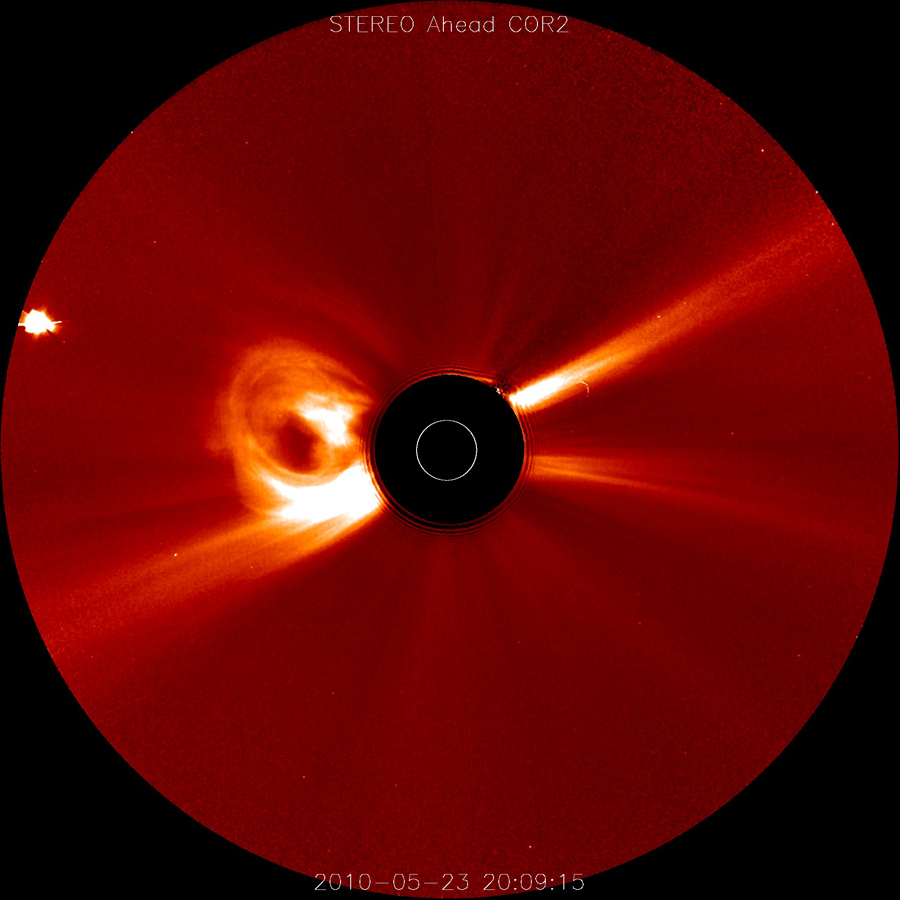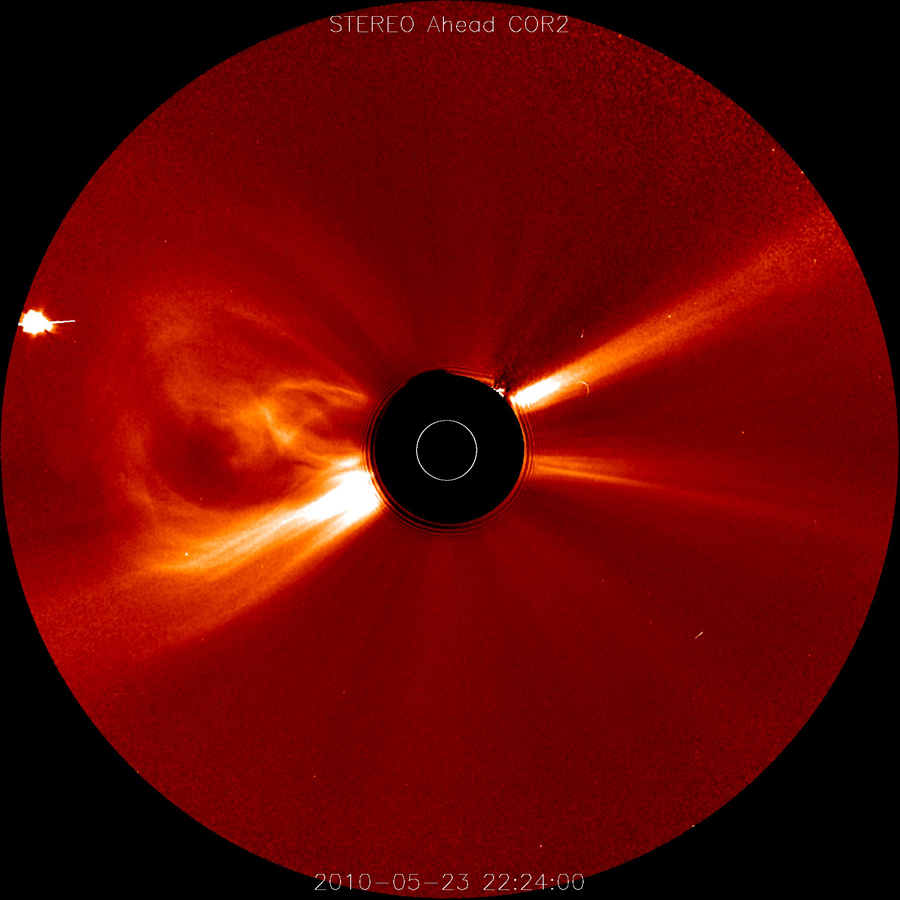“Shooting Star” – Stereo Photography?
Hello
Did you realize that the word stereo has a photographic connection?
Likely when most of us hear the word we automatically think of that thing we play our music on. (Or perhaps the thing our neighbour’s play their music on late at night). Up until recently that was true of me. No, I don’t mean the noisy neighbour bit, I mean the connecting the word stereo with music.
Anyhow, if you look the word stereo up in the dictionary (just click on the word if you want the easy way), you will note that it can be linked to Stereoscopy (also called stereoscopic or 3-D imaging). Which as I understand it, is any technique capable of recording three-dimensional visual information or creating the illusion of depth in an image.
What I thought was kind of cool, and something else that I didn’t know until just recently, was that NASA has a spacecraft called STEREO Ahead. It’s full name, by the way, is Solar Terrestrial Relations Observations Ahead. … Hmmm … strange acronym. What do the E’s stand for I wonder? Oh wait, they are there next to the other ones .. dah … Hang on, shouldn’t it be STeReO then?
Anyway, I digress. Are you still with me? … You are. Awesome! Thought for a moment you got bored and left. Glad you stayed because here comes the neat part. Check out the images that STEREO Ahead captured . . .
NASA Images of the Sun


In the top image, a bright mass of charged particles loops from the Sun’s atmosphere. (NASA calls them a “coronal mass ejection” otherwise know as a “solar storm”). Two hours later, the looped mass had expanded and was moving away from the Sun.
What is that black bit in the middle of the photograph I hear you ask? Well, even with all the advances in technology, a photographer can still leave the lens cap on, can’t he? Hey, we are human you know. … Actually, I’m just kidding (you didn’t really believe me did you?).
The images show only the Sun’s corona, the outermost layer of the atmosphere. A dark disk covers the rest of the Sun, and a white circle represents the Sun’s surface. Cool huh! Brings new meaning to the phrase “shooting star” doesn’t it?
According to the NASA website, a large solar storm, can expel a billion tons of matter at a million miles per hour or more. The strongest solar storms have the potential to interfere with communications, power grids, and satellites. When the charged particles from this solar storm reached Earth, they caused no damage, but there was an amazing “side affect” of these solar flares.
I’ll tell you more about that in my next posting. 😉
Happy shooting.
Greg